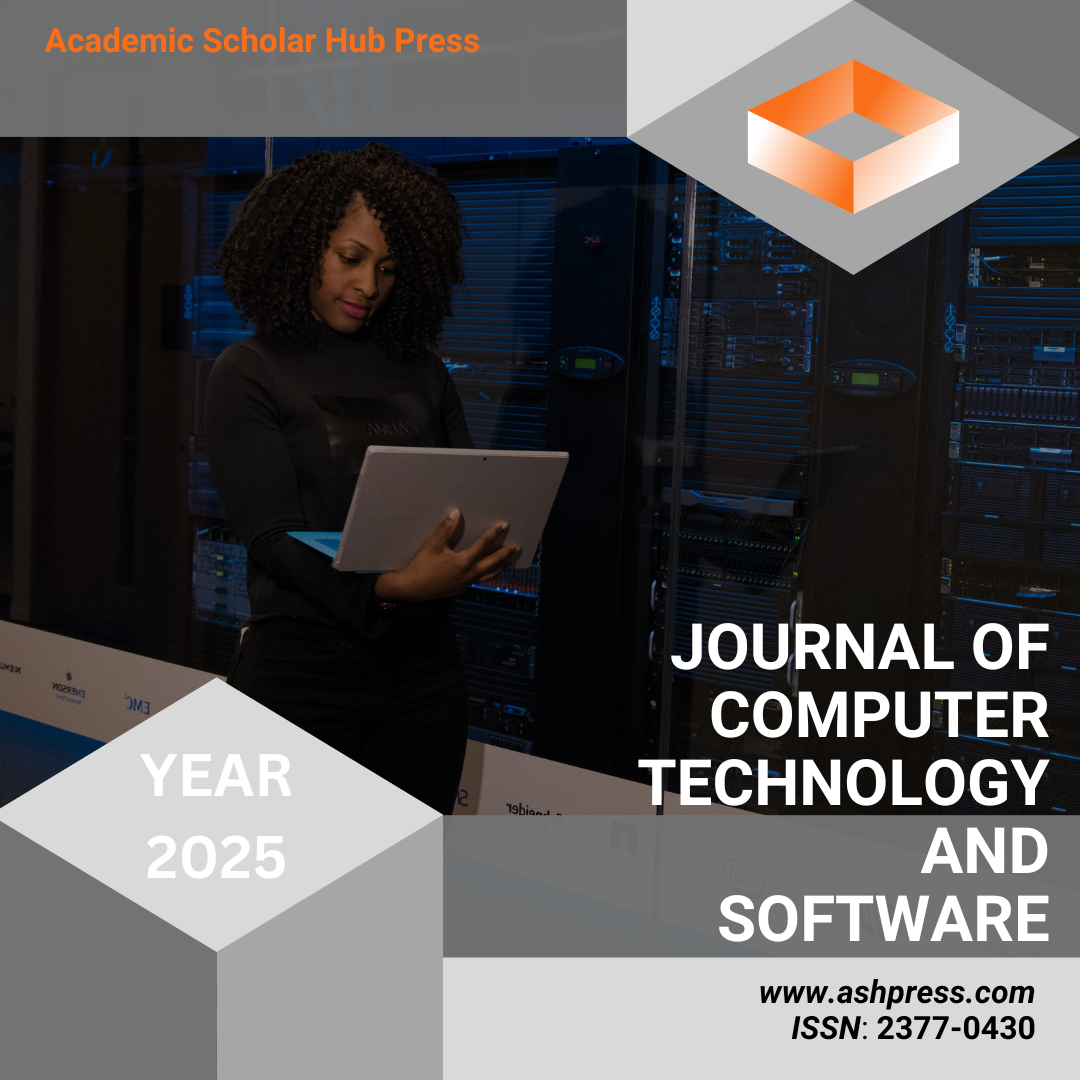Published 2025-08-30
How to Cite

This work is licensed under a Creative Commons Attribution 4.0 International License.
Abstract
The Internet of Things (IoT) has rapidly evolved into a transformative paradigm, enabling pervasive connectivity between billions of devices and digital systems. This paper provides a comprehensive review of IoT architectures, communication protocols, enabling technologies, and application domains, while highlighting unresolved challenges and potential research directions. It examines the multilayered structure of IoT systems, from perception and network layers to edge/fog computing and application delivery, with a focus on how protocol design and distributed intelligence influence scalability, latency, and energy efficiency. The integration of artificial intelligence, edge computing, and federated learning is shown to enhance real-time decision-making and privacy-preserving data analysis, while emerging technologies such as blockchain and 5G accelerate the evolution of secure and resilient IoT ecosystems. Application scenarios in smart cities, healthcare, industrial automation, agriculture, energy systems, and logistics demonstrate the transformative industrial impact of IoT, though challenges related to interoperability, cybersecurity, sustainability, and governance remain pressing. By synthesizing recent advances and open issues, this study underscores the necessity of interdisciplinary approaches that combine engineering innovation with ethical, social, and regulatory considerations to ensure the inclusive, secure, and sustainable development of IoT systems.
